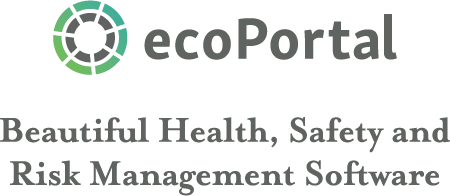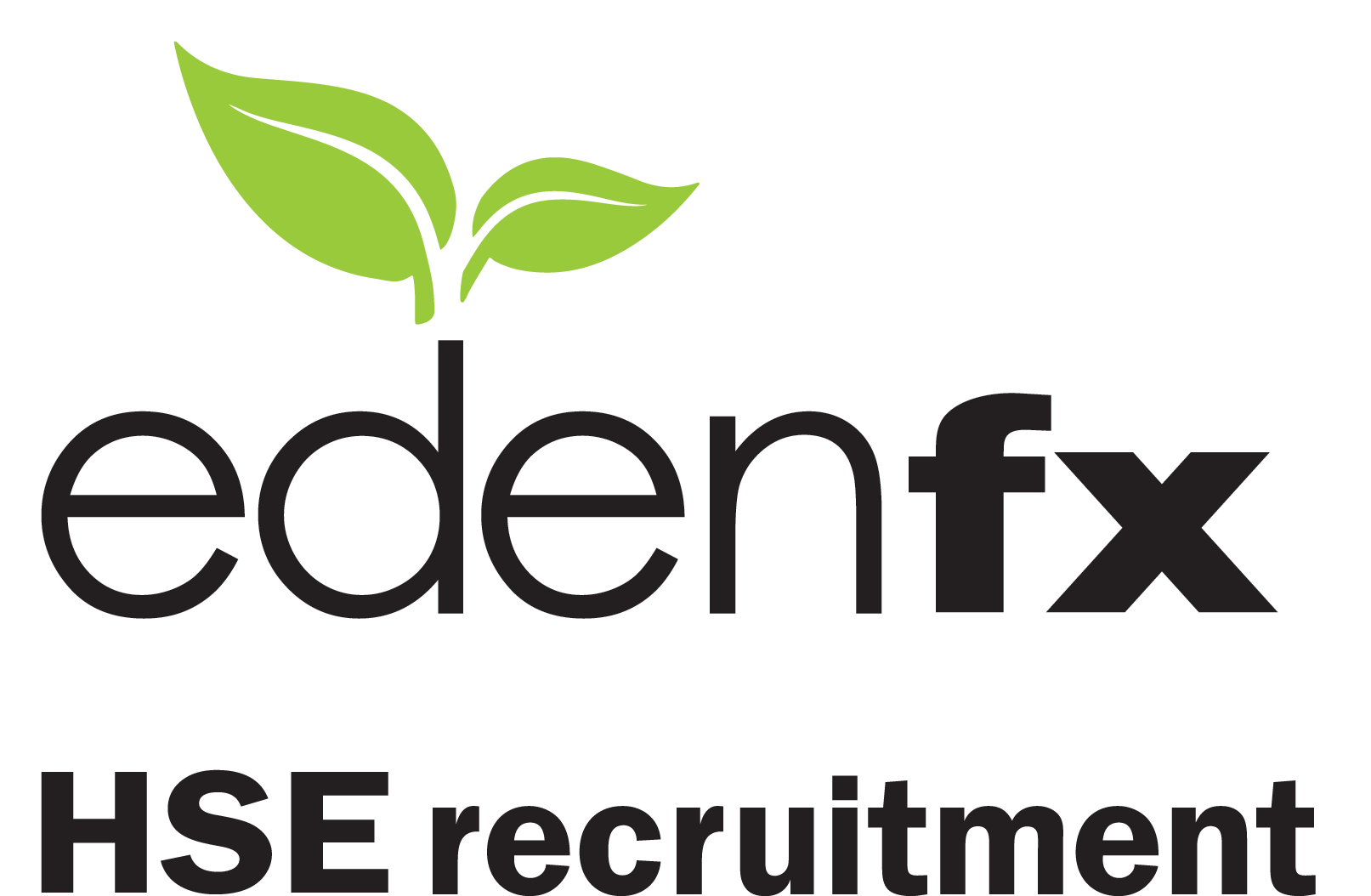
Banking on health, safety and well-being
By NZISM Secretary
23/09/2019
A bank wouldn’t usually be the first organisation to spring to mind when asked to name a business where health and safety is a priority.
But for Bridget Smaill, Head of Health, Safety and Wellbeing at BNZ, the banking environment is the same as any other when it comes to ensuring workers are looked after, feel safe and supported in their roles so they are able to be the best they can.
Bridget has been in her role since March 2018 and has built a team of seven to look after the bank’s 5,200 people nationally. This year she was named the Safeguard NZISM Practitioner of the Year at the Annual Awards, in recognition of the role she has played in evolving the bank’s approach to health and safety.
She arrived at BNZ from KPMG, with a goal of embedding health and safety into everyday practices, wherever people are across the country, and whatever they are doing.
“Like so many organisations, health and safety was present but it needed a new approach and focus so it became part and parcel of the bank’s business,” Bridget says.
Her title speaks volumes about the direction BNZ is taking - it’s the aspect of well-being, in addition to health and safety, that makes the difference - it’s a phrase that is becoming part of New Zealand’s current narrative.
Bridget studied Law and PE at Otago and then worked for Sport Otago in a role focused on health promotion and injury prevention. It was here she first realised the wide ranging importance of health and safety, as she prepared for and presented to a group of OHS practitioners.
“I realised the organisational implications of health and safety, in addition to all its more obvious benefits for workers,” she says.
Later, she moved to Dunedin City Council to work in road safety and then headed overseas, using this experience to work in London local government. With her eyes set on health and safety as a career, she started a distance-learning post-graduate Diploma in Occupational Safety and Health at Massey University.
After returning from her OE, she worked with Nestlé, completed her Diploma and took on roles with GE and KPMG, before moving to BNZ.
The experience here and overseas broadened her understanding of the importance of health and safety for any organisation, and not just those operating heavy machinery or involving higher risk processes.
“At BNZ we have 153 branches and other sites, and health, safety and wellbeing has to be consistent across each and every one of these.
“This means working closely with every team and ensuring all aspects of branch life from customer service and safety procedures, to stress, mental health and fatigue, are managed using the same health and safety approach,” she says.
Since Bridget arrived she has grown the team to ensure it has skill sets relevant for the banking industry.
“There is a focus on being able to take people on a health and safety journey, along with supporting mental ill-health.
“This is a growing area of our work simply because the boundaries between work and home life are blurring and people need more ongoing support. We are training our people leaders on how to support our staff’s mental health. This includes understanding the signs and what to do, where to go for support and why prevention is so important before it becomes a larger issue.
“We are also using more data to give us insights - recently we surveyed 2,500 people on holistic wellbeing. We did this using the Wellbeing 360 tool and this has been invaluable as a way to dive deep into different areas so we can deliver better and more strategic support. This type of research helps to explain why things happen the way they do.
“Well-being is more than just looking after each other while we work - data helps us identify links so we can provide support. People have also asked us for direction to achieve well-being and through this research we’ve established eight pathways, which support holistic wellbeing.”
Bridget has also arranged her own support mechanisms including joint meetings with health and safety specialists at other banks, and benefitting from NZISM’s regular workshops, speakers, webinars and best practice tutorials.
“While I’m in a team, as health and safety professionals we can still sometimes work in isolation, so engaging with the NZISM knowledge and learning, or other peers in similar organisations, is invaluable so we can enhance the way we provide support.”
Managing health and safety across thousands of people and such a range of sites, cannot be achieved manually, which is where BNZ uses software for reporting, assurance processes and risk assessment.
“This technology is needed to meet the health, safety and wellbeing expectations of our people, our management and we are always tailoring this platform so we can improve,” Bridget says.
“We need to keep thinking outside the box, do more and we can’t be complacent. As a team we want to keep delivering better health, safety and wellbeing, and it has to become integral to the way business is done.”
Photo caption:
Bridget Smaill, Head of Health, Safety and Wellbeing at BNZ (centre fourth from left), and next to Owen Loeffellechner, Chief Safety & Security Officer at BNZ, with the health and safety team and Russell Jones (far right) Executive Member of BNZ

